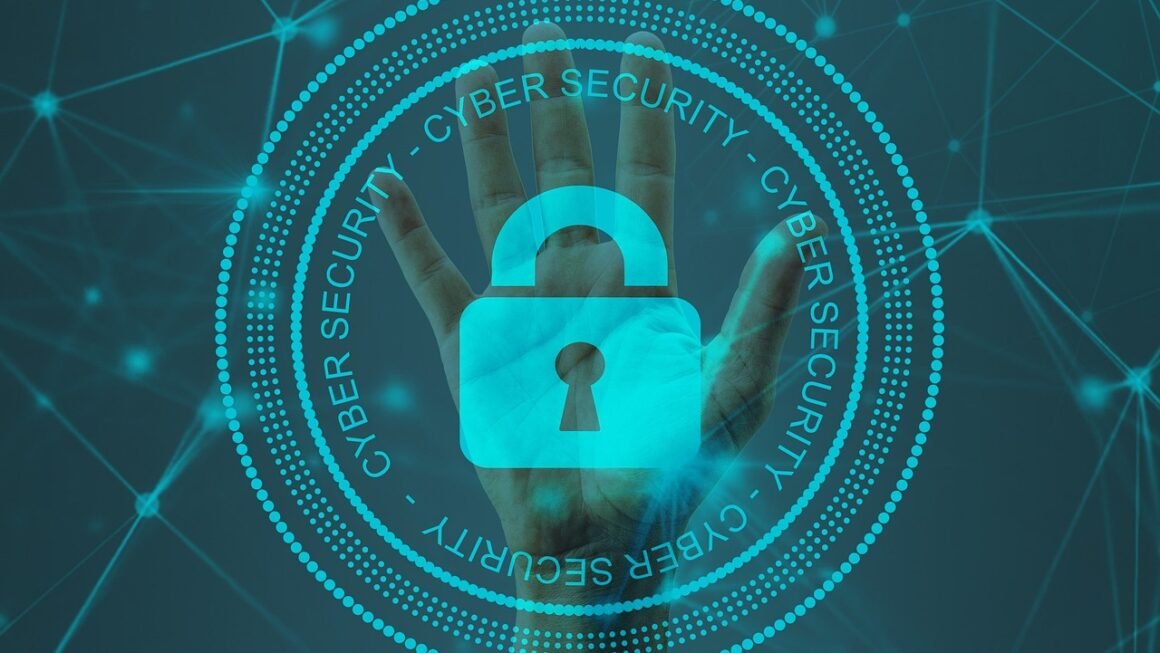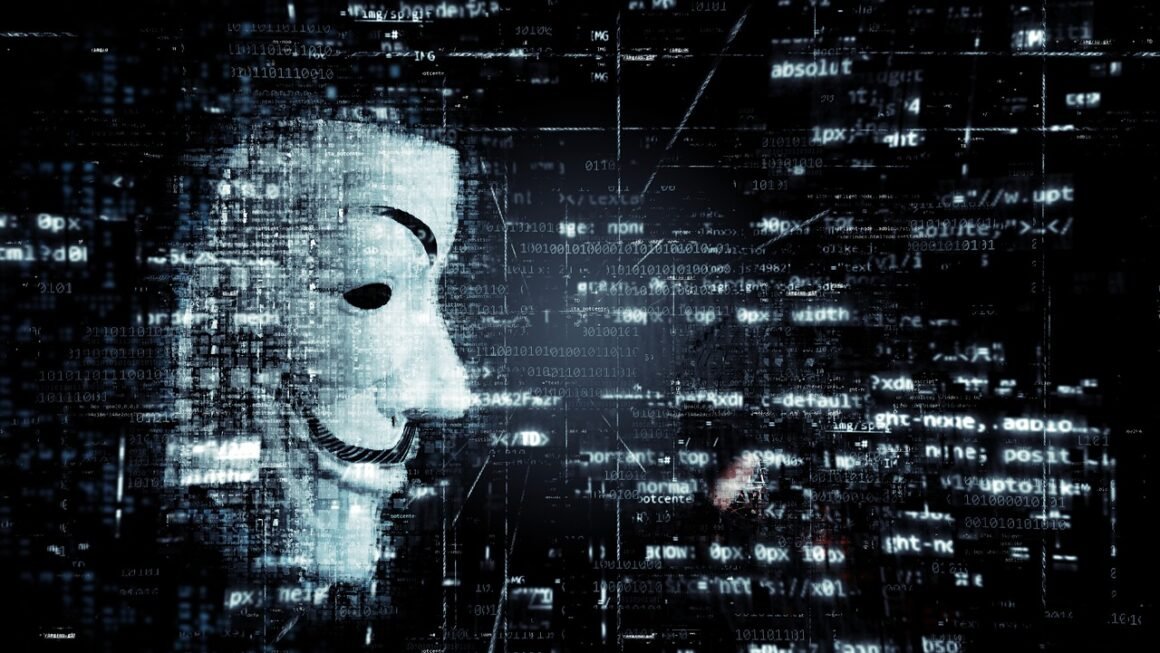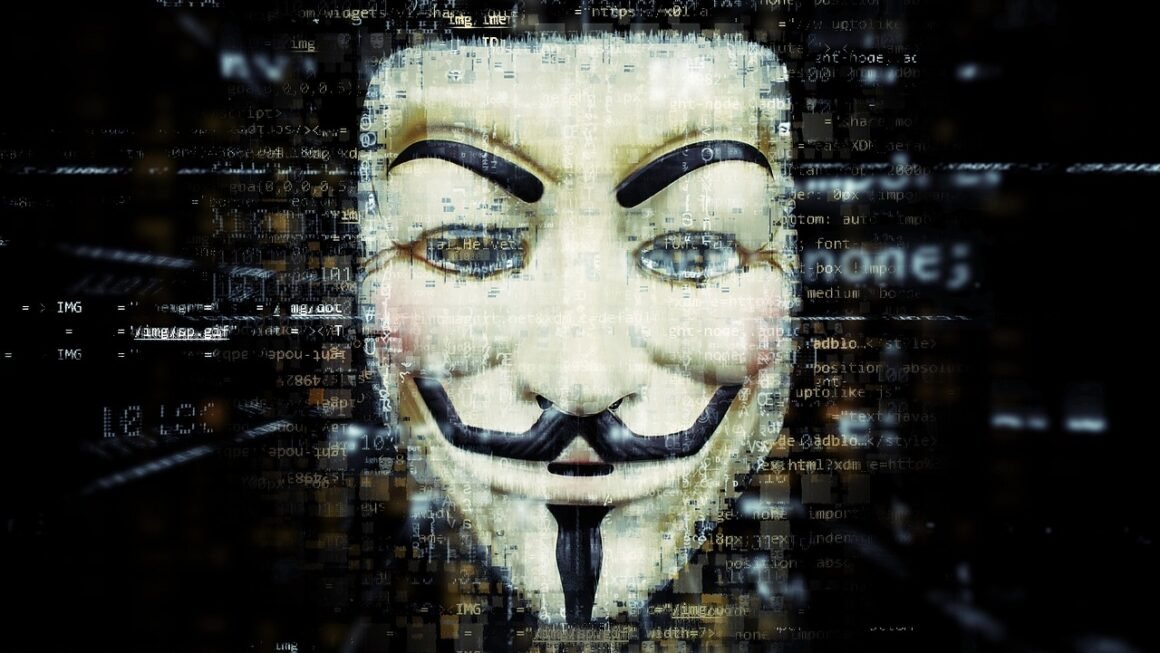Multi-factor authentication (MFA) is no longer a luxury, it’s a necessity in today’s increasingly digital world. As cyber threats become more sophisticated, relying solely on a username and password to protect your sensitive data is simply not enough. MFA adds extra layers of security, significantly reducing the risk of unauthorized access and data breaches. This blog post will explore everything you need to know about multi-factor authentication, from its benefits to practical implementation tips, helping you secure your accounts and protect your valuable information.
What is Multi-Factor Authentication (MFA)?
Defining Multi-Factor Authentication
Multi-factor authentication (MFA) is a security system that requires more than one method of authentication to verify a user’s identity before granting access to an account, application, or system. It combines something you know (password), something you have (device), and/or something you are (biometrics) to create a more robust security posture.
Why is MFA Important?
The reason MFA is so vital boils down to one simple fact: passwords can be compromised. They can be guessed, phished, or stolen through data breaches. Adding extra layers of verification dramatically reduces the chance that a compromised password will lead to a successful account takeover. According to Microsoft, MFA blocks over 99.9% of account compromise attacks.
- Reduces Risk: Significantly decreases the chances of successful cyberattacks.
- Enhances Security: Adds layers of protection beyond a simple password.
- Meets Compliance Requirements: Helps organizations comply with data protection regulations (e.g., GDPR, HIPAA).
- Protects Sensitive Data: Safeguards valuable information from unauthorized access.
Types of Authentication Factors
Knowledge Factors (Something You Know)
These are the most traditional type of authentication, relying on information only the user is supposed to know. However, as we’ve discussed, they’re also the weakest when standing alone.
- Passwords: The most common, but also the most vulnerable.
- PINs: Personal Identification Numbers, often used for ATM cards.
- Security Questions: Questions with answers supposedly known only to the user (e.g., “What’s your mother’s maiden name?”). However, these are often easily discoverable.
Possession Factors (Something You Have)
These factors rely on physical devices in the user’s possession to verify their identity. They are far more secure than knowledge factors alone.
- Security Tokens: Physical devices that generate time-based one-time passwords (TOTP). Examples include RSA SecurID tokens.
- Smart Cards: Cards with embedded chips that require a reader for authentication.
- Mobile Devices: Smartphones or tablets used to receive verification codes via SMS, authenticator apps, or push notifications. Authenticator apps such as Google Authenticator, Authy, or Microsoft Authenticator provide TOTP codes and are more secure than SMS codes.
- USB Security Keys (e.g., YubiKey): Physical keys that plug into a device and provide a secure hardware-based authentication.
Inherence Factors (Something You Are)
These factors use biometric data unique to the user to verify their identity. They are generally the most secure and convenient, though they can sometimes be susceptible to spoofing.
- Fingerprint Scanning: Using a fingerprint reader to verify identity.
- Facial Recognition: Using facial recognition technology to authenticate.
- Voice Recognition: Using voice patterns to verify identity.
- Iris Scanning: Scanning the unique patterns in the iris of the eye.
Implementing Multi-Factor Authentication
Choosing the Right MFA Method
The best MFA method depends on your specific needs and risk tolerance. Consider the following factors:
- Security Level: How sensitive is the data being protected? Hardware security keys generally offer the highest level of security.
- User Convenience: How easy is the method to use? Push notifications are often the most convenient.
- Cost: Some methods, like hardware tokens, involve upfront costs.
- Compatibility: Does the method work with the systems you need to protect?
Step-by-Step Implementation Guide
Practical Tips for Effective MFA Usage
- Use Strong Passwords: MFA is more effective when combined with strong, unique passwords.
- Enable MFA on All Possible Accounts: Don’t just protect your most critical accounts; enable MFA wherever it’s offered.
- Beware of Phishing Attempts: Be wary of suspicious emails or messages asking for your MFA codes.
- Keep Your Recovery Information Updated: Ensure your recovery email and phone number are current.
- Report Suspicious Activity: If you suspect that your account has been compromised, report it immediately to the service provider.
- Use a Password Manager: A reputable password manager can help you create and store strong, unique passwords for all your accounts.
Common MFA Challenges and Solutions
User Resistance
Some users may resist MFA due to perceived inconvenience. Address this by:
- Clearly Communicating the Benefits: Explain why MFA is important and how it protects their data.
- Providing Training and Support: Offer clear instructions and support to help users set up and use MFA.
- Choosing User-Friendly Methods: Opt for MFA methods that are easy to use and don’t add significant friction to the login process.
Lost or Stolen Devices
Losing access to your MFA device can be frustrating. Prepare for this by:
- Saving Backup Codes: Store backup codes in a safe and accessible location (e.g., a password manager).
- Setting Up Multiple Recovery Methods: Use multiple recovery methods, such as email and phone number, to regain access to your account.
- Having a Contingency Plan: Develop a plan for how to handle lost or stolen devices, including steps for revoking access and setting up new MFA devices.
Technical Issues
Technical issues can sometimes prevent users from accessing their accounts. Mitigate this by:
- Ensuring Compatibility: Verify that your MFA method is compatible with your devices and systems.
- Providing Technical Support: Offer technical support to help users troubleshoot MFA issues.
- Implementing Redundancy: Use redundant MFA systems to ensure that users can still access their accounts if one system fails.
Conclusion
Multi-factor authentication is a critical component of any robust security strategy. By adding extra layers of protection, MFA significantly reduces the risk of unauthorized access and data breaches. While implementing MFA may require some initial effort, the benefits far outweigh the challenges. By understanding the different types of authentication factors, following best practices for implementation, and addressing common challenges, you can significantly improve the security of your accounts and protect your valuable information from cyber threats. Make the move to MFA today and take control of your digital security.



